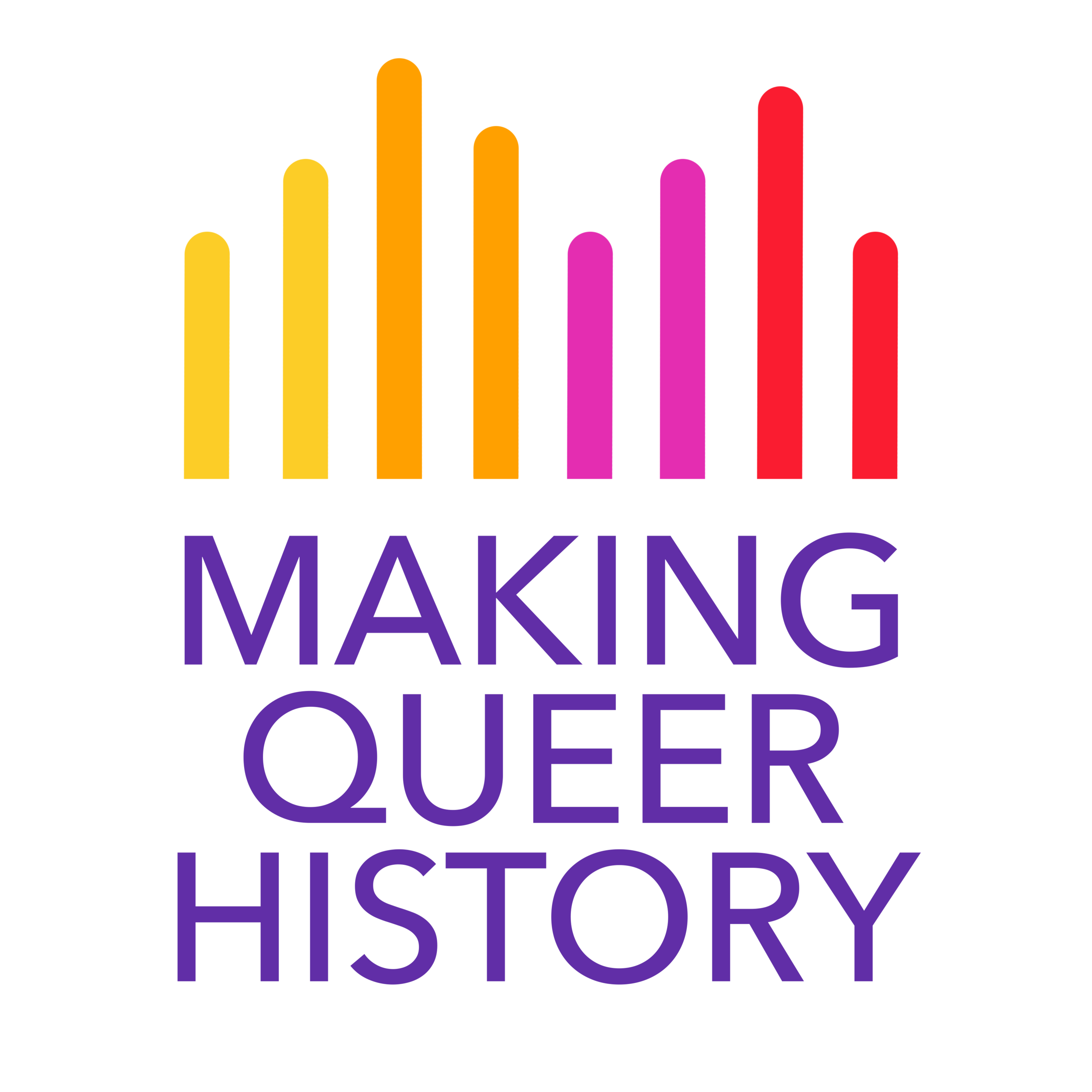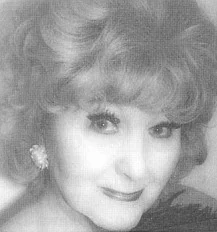Any time we look at the life of a transgender man throughout history, there are a number of hurdles we must first overcome. There are many reasons for a person assigned female at birth to wear clothes associated outside of that assigned gender. Historically, there is a precedent for women to dress as men to gain economic status or to more comfortably live in a relationship with another woman. It's important to untangle these threads in order to find the motivation. Victor Baker is a clear example of how these threads can weave a complete life story. If given access to our modern labels, we can see how he might have identified.
Making Queer History has a vague title because it has a rather vague purpose. We are not alone in our aim to tell the queer community’s history. What defines us is our focus not only on the past, but toward the future.







